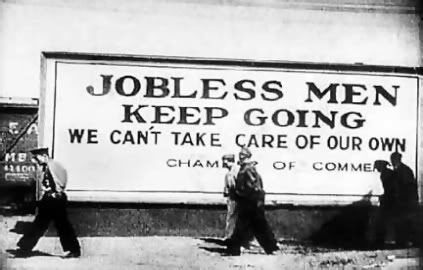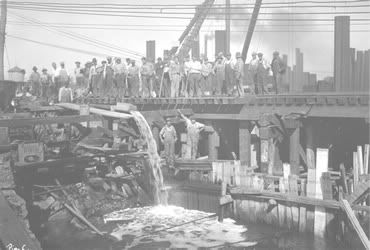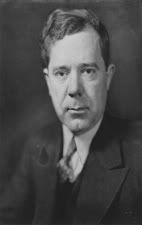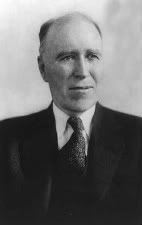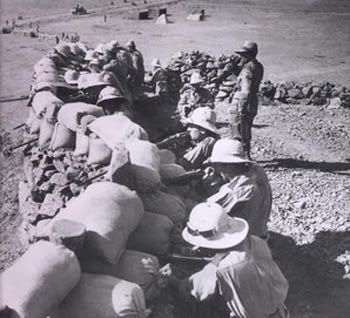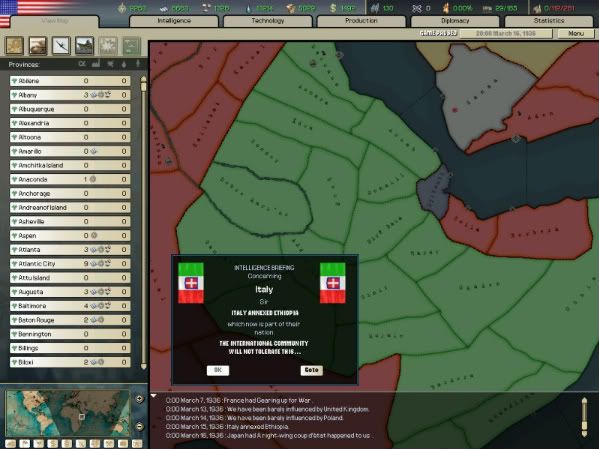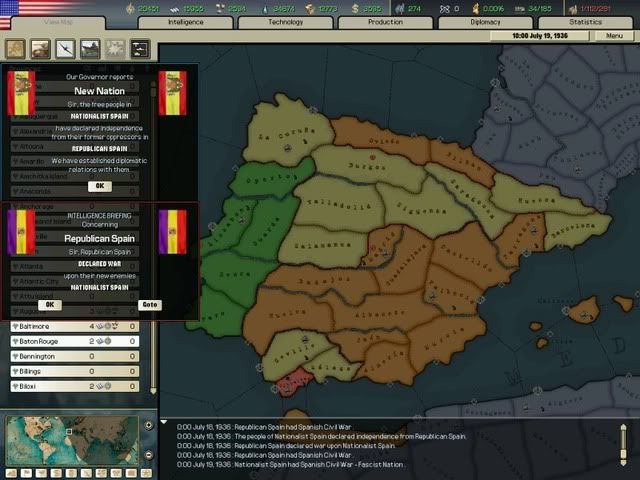As the world was descending into turmoil, with war clouds gathering over Europe, the United States sat comfortably across the Atlantic Ocean. The League of Nations looked hopelessly onward as Benito Mussolini and Fascist Italy invaded Ethiopia in 1935, and China bled herself dry in a morbid war between Nationalists and Communists, all the while Japan’s invasion of Manchuria or Manchukuo went virtually unnoticed in the world’s eye; all while the United States was coping with the “Great Depression.” Meanwhile, President Franklin Delano Roosevelt was in fully behind his Second New Deal, which included the Wagner Act in hopes to bring relief, recovery and reform to the United States in battling the depression.
The Great Depression rocked the US like a major hurricane, sending shockwaves, dustbowls, and unemployment across the country. The lack of confidence of Hoover’s “rugged individualism” led to a slaughter in the ballot boxes come November of 1932, however, 1936 is an election year, and none more crucial for FDR and his New Deal supporters. The upstart Senator Huey Long of Louisiana, having survived his assassination attempt, appeared to be launching his “Share our Wealth” program and making a viable run for the Democratic Party, or possibly launching his own party if he should fail to gain the Democratic nomination. To make things worse, Father Charles Coughlin, arguably the most influential and powerful man on radio, was campaigning for Long with every broadcast and speech he gave to the country. Among other things, the progressive-minded Republican Governor of Kansas, Alfred M. Landon looked to have the complete backing of the Republican Party as there appeared to be no real challenge to him, a party behind one candidate, especially one in favor of most New Deal programs could entice many moderates and centrists to turn to Landon over Roosevelt come November as the economy was still in shambles, with only government sector jobs increasing since 1932.
And with Hitler ready to reclaim the Rhineland, the industrial heartland of Germany, an unstable Iberian Peninsula, one can wonder how much longer the world has before a small ignition sparks a major storm. For America, safe across the ocean, facing domestic issues above the troubles of the world, to the average American, war seems far from possible; especially with the isolationist-wing keeping a careful eye on the troubling factors brewing in Europe and abroad, well-knowing that the United States won’t be able to ignore the cries of the world for long.
As for Roosevelt, his plate was full of problems: the Great Depression, an upcoming election, and growing fascist imperialists in Rome, Tokyo and Berlin.

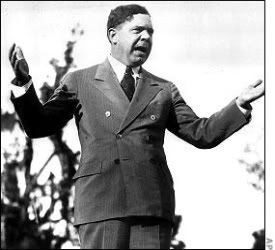
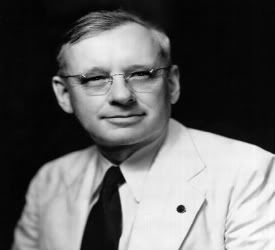 From left to right, FDR's three biggest concerns: The Great Depression, Senator Huey Long of Louisiana, and Governor Alfred M. Landon of Kansas. Since 1933, FDR was hard at work combating the depression with his "New Deal," but as 1936 came rolling around, his projects have only caused minor improvement. Out of the two politicians, Roosevelt was more concerned with Long and his 'populist' "Share our Wealth Program" than with Landon, a Progressive-Republican who supported a majority of New Deal programs.
From left to right, FDR's three biggest concerns: The Great Depression, Senator Huey Long of Louisiana, and Governor Alfred M. Landon of Kansas. Since 1933, FDR was hard at work combating the depression with his "New Deal," but as 1936 came rolling around, his projects have only caused minor improvement. Out of the two politicians, Roosevelt was more concerned with Long and his 'populist' "Share our Wealth Program" than with Landon, a Progressive-Republican who supported a majority of New Deal programs.
------
Note: Sorry Yogi, the title is somewhat similar to one of your AAR's that was instrumental in bringing me to finally register on these forums.
The Great Depression rocked the US like a major hurricane, sending shockwaves, dustbowls, and unemployment across the country. The lack of confidence of Hoover’s “rugged individualism” led to a slaughter in the ballot boxes come November of 1932, however, 1936 is an election year, and none more crucial for FDR and his New Deal supporters. The upstart Senator Huey Long of Louisiana, having survived his assassination attempt, appeared to be launching his “Share our Wealth” program and making a viable run for the Democratic Party, or possibly launching his own party if he should fail to gain the Democratic nomination. To make things worse, Father Charles Coughlin, arguably the most influential and powerful man on radio, was campaigning for Long with every broadcast and speech he gave to the country. Among other things, the progressive-minded Republican Governor of Kansas, Alfred M. Landon looked to have the complete backing of the Republican Party as there appeared to be no real challenge to him, a party behind one candidate, especially one in favor of most New Deal programs could entice many moderates and centrists to turn to Landon over Roosevelt come November as the economy was still in shambles, with only government sector jobs increasing since 1932.
And with Hitler ready to reclaim the Rhineland, the industrial heartland of Germany, an unstable Iberian Peninsula, one can wonder how much longer the world has before a small ignition sparks a major storm. For America, safe across the ocean, facing domestic issues above the troubles of the world, to the average American, war seems far from possible; especially with the isolationist-wing keeping a careful eye on the troubling factors brewing in Europe and abroad, well-knowing that the United States won’t be able to ignore the cries of the world for long.
As for Roosevelt, his plate was full of problems: the Great Depression, an upcoming election, and growing fascist imperialists in Rome, Tokyo and Berlin.



------
Note: Sorry Yogi, the title is somewhat similar to one of your AAR's that was instrumental in bringing me to finally register on these forums.
Last edited:


